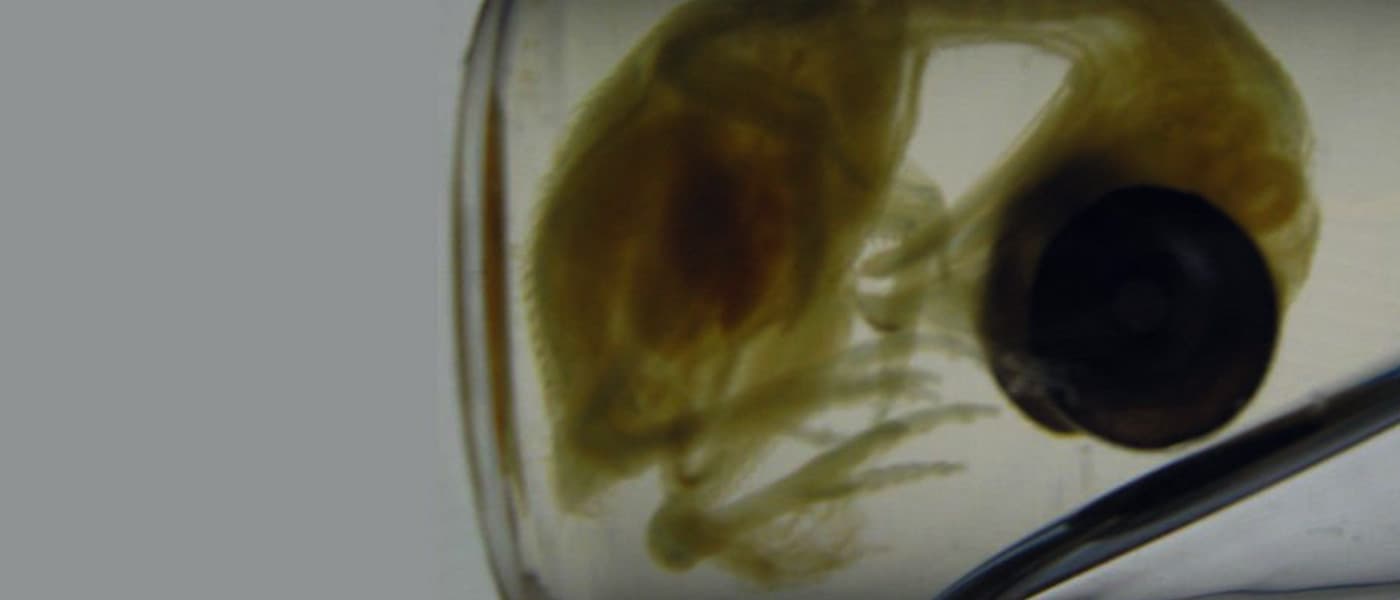For the second time, Brazilian researcher Joâo Botelho has achieved an experimental reversal to a dinosaur-like trait in birds. In this case, the scientist inhibited a maturation gene in a chicken, causing it to develop with leg bones resembling those of its prehistoric ancestors.
It's a bit reminiscent of palaeontologist Jack Horner's TED Talk "Building a Dinosaur From a Chicken," but scientists assure us their aim is to understand the genetics of the transition between theropod dinosaurs and modern birds.
Turning Back Time
In every chicken, there is a long, spine-like bone in the drumstick called the fibula, one of the two long bones of the lower leg. In dinosaurs, this bone is tube-shaped and reaches all the way down to the ankle. Over time, as dinosaurs evolved into birds, the fibula lost its lower end, and no longer connects to the ankle, being shorter than the other bone in the lower leg, the tibia.
Scientists noted long ago that bird embryos first develop a tubular, dinosaur-like fibula. Afterward, it becomes shorter than the tibia and acquires its adult, splinter-like shape. Botelho, working at the lab of Alexander Vargas (University of Chile), noticed this change, and began to study the mechanisms that underlie this transformation.
In normal bone development, the shaft matures and ceases growth long before the ends do. Botelho found that molecular mechanisms of maturation were active early at the lower end, ceasing cell division and growth. Inhibiting a maturation gene called "Indian Hedgehog" resulted in the tubular fibula and the tibia developing in an identical way to a dinosaur's.
Botelho and his collaborators believe that the early growth at the lower end of the fibula occurs because of the influence of a nearby bone in the ankle, the calcaneum. Unlike other animals, the calcaneum in bird embryos presses against the lower end of the fibula.
Botelho proposes that at this stage, the lower end of the fibula receives signals more like those at the bone shaft. In normal development, the calcaneum then becomes detached from the fibula. However, its distal end has already become committed to shaft-like development, and matures early. In the chickens with experimentally dinosaur-like lower legs, the calcaneum was attached to the fibula. Botelho also confirmed the calcaneum strongly expresses a gene that allows growth at the ends of bones.
The Evolution of Development
The results of the entire study have been published in the academic journal Evolution. Previously, Botelho had managed to "undo" the evolution of the perching toe of birds to produce a non-twisted, non-opposed toe, as is found in dinosaurs.
"The experiments are focused on single traits to test specific hypotheses," says Vargas. "Not only do we know a great deal about bird development, but also about the dinosaur-bird transition, which is well-documented by the fossil record. This leads naturally to hypotheses on the evolution of development, that can be explored in the lab."
So, it seems that the scientists aren't trying to undo evolution to create dinosaurs. We're happy to report this isn't a precursor to a Jurassic Park-type disaster.
Share This Article
